Whenever you attend or remotely watch a major Apple event, you're likely to see Phil Schiller, the company's senior vice president of worldwide marketing, unveiling a brand new product on stage. Outside of an official event, Schiller is the second most likely person (after Apple's CEO Tim Cook) you'll find delivering a rare tidbit of new Apple info or perspective to the public.
That's why a new interview, in which Schiller offers his thoughts on augmented reality, is worth a closer look, now that ARKit and the iPhone X are officially in the hands of users.
"We did a lot of work, thinking about and understanding both VR and AR," Schiller told UK-based technology magazine T3. "We knew there is a place in the world for both technologies, but of the two, augmented reality is perhaps the greatest opportunity to change how we use technology and how we do many tasks in our lives."
That's consistent with Cook's vision, which doesn't wholly dismiss virtual reality (the newly released iMac Pro is touted as VR-friendly), but focuses on AR as the path to engaging both app developers and iOS end users.
"We think it's the most ubiquitous technology in front of us; we're at the beginning of this gigantic curve that's going to happen," said Schiller. "We can probably talk for hours about what it could be, but the truth is, nobody knows. And that's the fun of it."
That last statement is perhaps the most telling hint at where Apple is really going with augmented reality — into the most uncharted territory it has ever explored. No one seems to be emphasizing that making such a major bet on AR is perhaps the biggest risk the company has ever taken.
A jump into AR is a more significant risk than when the company released its first iPod (in a market where the Walkman was already a hit) or when it released the iPhone (into a space with demonstrated consumer demand for mobile phones). Apple's deep commitment to AR is the purest example of its long-held credo that "the best way to predict the future is to invent it," as Schiller reminded us earlier this year during WWDC.
Nevertheless, it's still somewhat unusual for Apple to devote so much attention and public commitment to AR while simultaneously avoiding being more direct about exactly what its plans are for the technology.
"We believe that with the fullness of time, augmented reality has that opportunity to transform most of everything we do with technology," Schiller told the magazine. "It helps how you visualize and work with products and technologies."
But beyond that blue sky talk, the 20-year Apple veteran remains mostly vague on specifics, instead leaning on the notion that it will be developers who drive AR forward.
"The truth is, AR games began before we released ARKit, with Pokémon Go," said Schiller. "That was a beginning form of augmented reality that was just with great universal appeal. Now with ARKit, they can make a much better version of it, and they're hard at work at that. There's just an endless list of things, but the truth is, it's going to change more things than we can imagine right now."
Yes, that's probably true, developers will be part of the story, but Apple has rarely left its fate in the hands of outsiders, no matter how well-intentioned they are. At Apple, when there's this much talk about a particular technology space, there's always a very specific plan. Therefore, what Schiller and Cook seem to be telling us, mostly by omission, is that those rumors about Apple AR glasses should probably be taken a lot more seriously.
"Augmented reality is the stuff of science-fiction," said Schiller. "We've seen it in movies, and now we get to actually hold it in our hands."
Or, wear it on our faces.
If you think the future of AR at Apple is a decade or more of people awkwardly holding iPads in front of them in public — as shown in the company's first AR commercial this week — you're not familiar with the Apple aesthetic. Apple likes its technology to disappear (preferably, stylishly) into the background, not invade a user's space with clunky solutions.
Did you happen to notice that the cool, edgy technology-using person in the commercial is wearing? That's right, glasses. You can even see part of the AR objects through her glasses. It's a perfectly subtle yet obvious Apple Easter egg hinting at what's to come.
When Apple released the Apple Watch, it seemed like nearly everyone was telling us that "no one needs an Apple Watch." Today, as everyone from your delivery person to your doctor proudly wears an Apple Watch, the device is now the leading wearable computing device. Unlike Google, and even Snapchat, Apple has cracked the riddle of how to make wearables popular and, in some cases, practical.
Next up: Leading model Bella Hadid on the cover of Vogue 2020, her eyes framed in the newly released Apple Glass product, the company's first mobile product that will be a better seller than the iPhone. Read between the lines, Schiller and Cook are telling us everything we need to know — that future is coming.
Just updated your iPhone? You'll find new features for Podcasts, News, Books, and TV, as well as important security improvements and fresh wallpapers. Find out what's new and changed on your iPhone with the iOS 17.5 update.
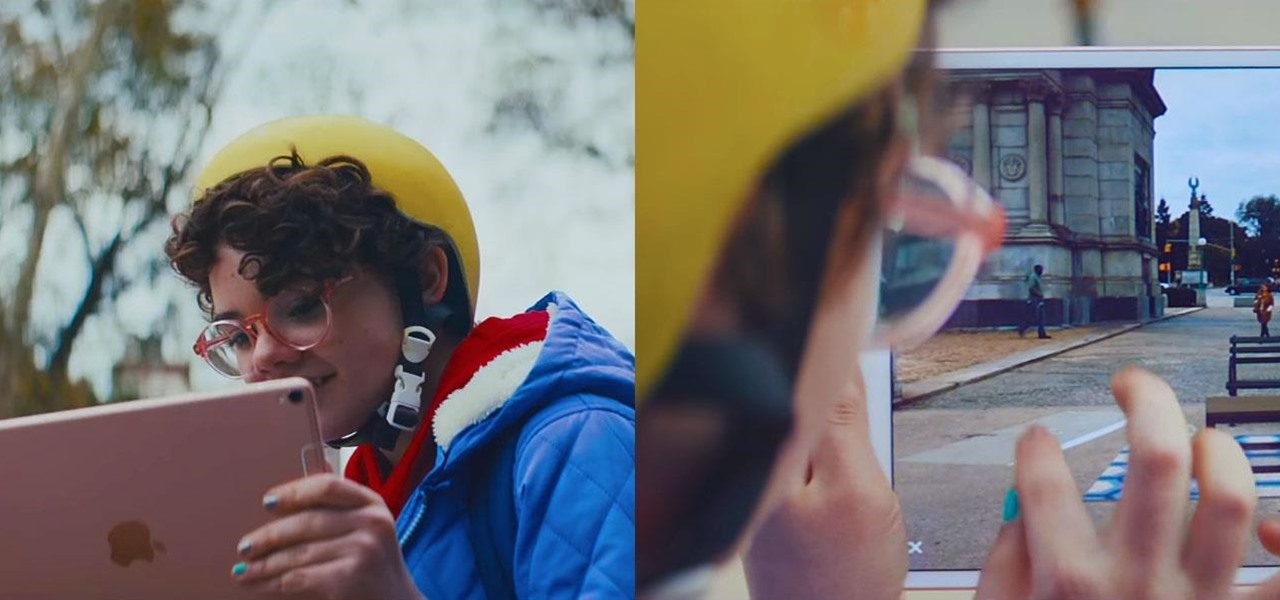



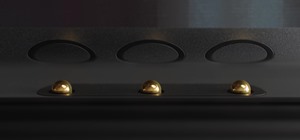




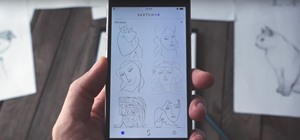

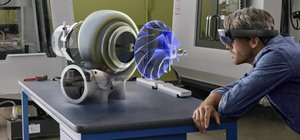











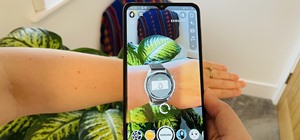

Be the First to Comment
Share Your Thoughts